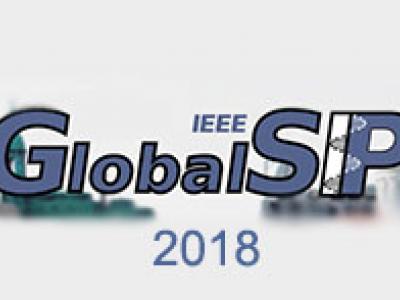Documents
Poster
PHYSICAL LAYER ABSTRACTION FOR PERFORMANCE EVALUATION OF LEO SATELLITE SYSTEM FOR IOT USING TIME-FREQUENCY ALOHA SCHEME

- Citation Author(s):
- Submitted by:
- Sylvain Cluzel
- Last updated:
- 23 November 2018 - 1:13pm
- Document Type:
- Poster
- Document Year:
- 2018
- Event:
- Presenters:
- Sylvain Cluzel
- Paper Code:
- 5GS-P.1.8
- Categories:
- Log in to post comments
One of the main issues in using a Low Earth Orbit (LEO) satellite constellation to extend a Low-Powered Wide Area Network is the frequency synchronization. Using a link based on random access solves this concern, but also prevents delivery guarantees,
and implies less predictable performance. This paper concerns the estimation of Bit Error Rate (BER) and Packet Error Rate (PER) using physical layer abstractions under a time and frequency random scheme, namely Time and Frequency Aloha. We first derive a BER
calculation for noncoded QPSK transmission with one collision. Then, we use the 3GPP LTE NB-IoT coding scheme. We analyze the
interference that could be induced by repetition coding scheme and propose an efficient summation to improve the decoder performance.
Finally, to estimate a PER for any collided scenario, we propose a physical layer abstraction, which relies on an equivalent Signal-to-Noise Ratio (SNR) calculation based on Mutual Information.

